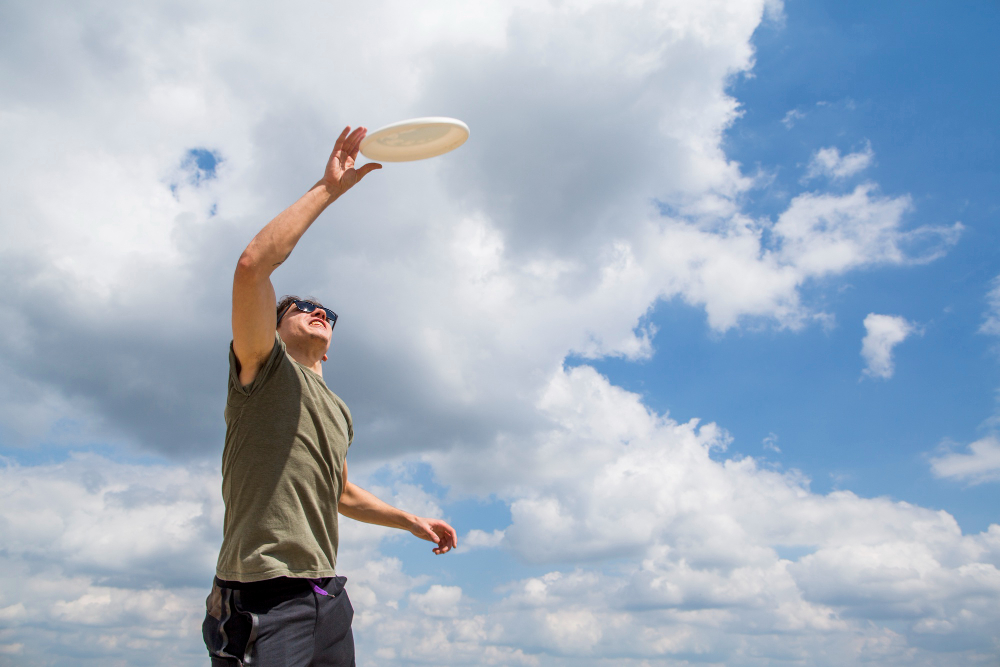How to Prepare for and Perform a Throwing Program

Whether you're a baseball player or someone who enjoys throwing a ball around in their free time, it's important to prepare for and perform a throwing program correctly to avoid injury and improve performance. As physical therapy experts, we've seen many patients who have suffered from throwing-related injuries due to improper training and technique. In this blog post, we'll cover the basics of preparing for and performing a throwing program, as well as provide some tips and tricks to help you improve your throwing skills while minimizing the risk of injury.
1. Warm-Up Properly
Before you start your throwing program, it's important to warm up your entire body to prepare it for the physical demands of throwing. This includes dynamic stretching exercises and light cardio to increase heart rate and blood flow to your muscles. Focus on the areas of your body that are most involved in throwing, such as your shoulders, hips, and core, to ensure that they are flexible and mobile enough to perform the necessary movements.
2. Progress Slowly
One of the biggest mistakes people make when starting a throwing program is trying to do too much too soon. It's important to start slowly and progress gradually, increasing the intensity and duration of your throws over time. This will allow your body to adapt and improve without putting too much stress on your muscles and joints. If you're unsure how to progress your throwing program, consider consulting with a physical therapist or coach who can provide guidance and support.
3. Focus on Technique
Proper throwing technique is crucial to avoid injury and maximize performance. Make sure to focus on proper arm and body mechanics, including proper foot placement, elbow positioning, and follow-through. It's also important to avoid overloading certain muscles or joints, such as the rotator cuff, which can lead to injury if stressed too much. If you're not sure about your technique, consider getting a professional evaluation from a physical therapist or coach.
4. Cross-Train
Cross-training can help improve your throwing performance by improving weaknesses in your muscular and cardiovascular systems. This can include strength training, yoga, Pilates, or other forms of physical activity that complement your throwing program. By improving your overall fitness and addressing any weaknesses or imbalances in your body, you can improve your throwing performance while reducing the risk of injury.
5. Listen to Your Body
Finally, it's important to listen to your body throughout your throwing program. If you feel any pain or discomfort, take a break and re-evaluate your technique, intensity, or progressions. Ignoring pain or pushing through discomfort can lead to more serious injuries that can set you back in your training and performance.
Conclusion
As physical therapy experts, we believe that proper preparation and technique are crucial to a successful throwing program. By following the tips and tricks outlined in this blog post and seeking professional guidance when needed, you can improve your throwing performance while reducing the risk of injury. If you're looking for physical therapy in Oviedo, FL, contact B Physical Therapy today to schedule an appointment and learn more about how we can help you stay injury-free and perform at your best.